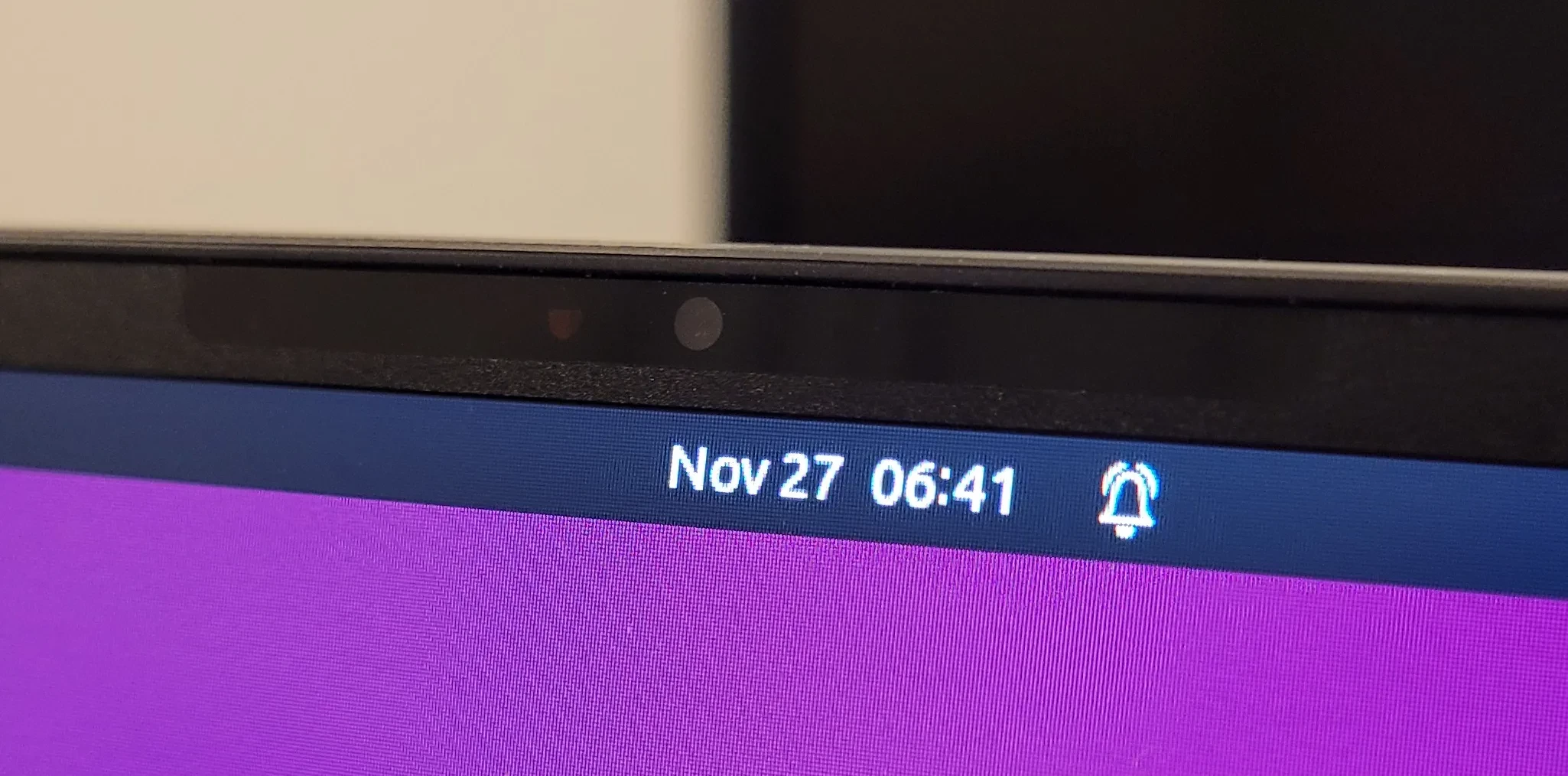Posts
4804Following
319Followers
489OpenPGP: 3AB05486C7752FE1
Jarkko Sakkinen
jarkkoOnly compile-tested ;-) This is now bare minimum to trial in QEMU. Lot's of dance relocating necessary bits of trusted keys code to the TPM driver (only ASN.1 parser at this point).
Jarkko Sakkinen
jarkkoPhoronix
phoronix@masto.aiSDL3 Adds PipeWire Camera Support
Adding to the growing list of features coming with the SDL3 release for this hardware/software abstraction layer commonly used by cross-platform games and other software is PipeWire camera capturing support...
https://www.phoronix.com/news/SDL3-PipeWire-Camera-Capture
9to5Linux
9to5linux@floss.social#GNOME 47 Desktop Environment Is Slated for Release on September 18th, 2024 https://9to5linux.com/gnome-47-desktop-environment-release-date-slated-for-september-18th-2024
Jarkko Sakkinen
jarkkohttps://amaranth-lang.org/docs/amaranth/latest/intro.html
Jarkko Sakkinen
jarkkohttps://datatracker.ietf.org/doc/draft-woodhouse-cert-best-practice/
Jarkko Sakkinen
jarkkoJarkko Sakkinen
jarkkoThat said,it is still the best available in my opinion :-) Email archives are much nicer to backtrack even multiple years behind than these crazy Git issue trackers. I.e. there is a clear timeline in communications.
Jarkko Sakkinen
jarkkoBefore I got this sound card I was not really sure where application wise it would make sense to have e.g. a SoC combined with FPGA but this product made me understand it a bit better.
I also own one small lattice FPGA. As soon as I get an idea how to use it e.g. with RPi for similar hybrid thing I'll definitely will PoC something. Lattice's have the benefit of having open source FPGA stack and since I also have a SoC FPGA does not have to have too many logic ports.
Jarkko Sakkinen
jarkkoBefore I got this sound card I was not really sure where application wise it would make sense to have e.g. a SoC combined with FPGA but this product made me understand it a bit better.
I also own one small lattice FPGA. As soon as I get an idea how to use it e.g. with RPi for similar hybrid thing I'll definitely will PoC something. Lattice's have the benefit of having open source FPGA stack and since I also have a SoC FPGA does not have to have too many logic ports.
Jarkko Sakkinen
jarkkoJarkko Sakkinen
jarkkohttps://lore.kernel.org/linux-integrity/D15DSV117DQZ.3GJOTXCTGZHE9@kernel.org/T/#u
Two first I did for keyring and trusted key did not yet use this scheme but learned along the way that I need to scale a bit. Slowly figuring out how to do this properly.
https://man.archlinux.org/man/aerc-templates.7.en
John Stultz
jstultz@fosstodon.org(speaking for myself here) One of the cooler things about Google is getting just the slightest glimpse of the power of some of the tooling your wizard coworkers use.
https://perfetto.dev/ is one of those very cool tools. It's like kernel shark, but has really powerful SQL capabilities. It's well configured for use with Android and CrOS, but with classic Linux environments it can be a little daunting. So here are my notes on using it for upstream kernel development: https://gist.github.com/johnstultz-work/0ec4974e0929c4707bfd89c876ae4735

